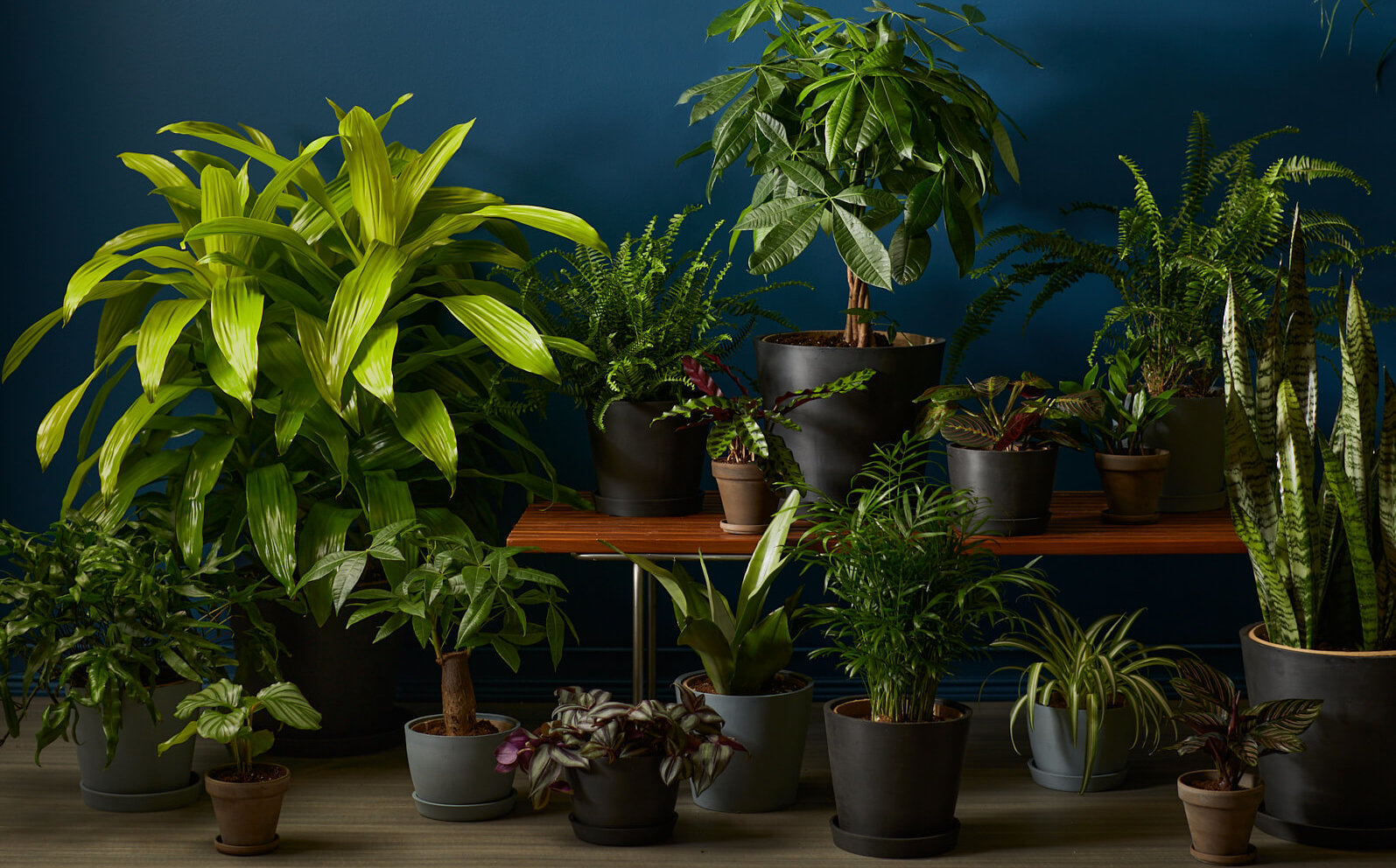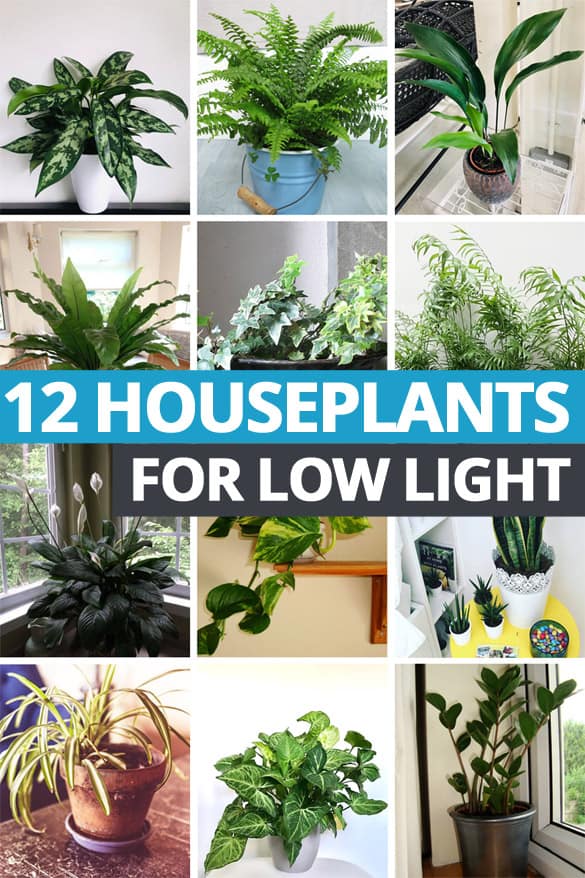Transform Your Home With Beautiful Low-Light Indoor Plants and Their Advantages
Integrating low-light indoor plants into your home can dramatically improve both the ecological and aesthetic high quality of your home. These plants, which thrive in dark conditions, serve not only as decorative components however likewise as all-natural air cleansers, making them optimal for city occupants or those with limited sunshine direct exposure. As we discover the numerous kinds of low-light plants and their advantages, you might locate shocking ways to incorporate them into your home that can transform your surroundings in means you may not have actually expected.
Advantages of Low-Light Plants
Low-light plants supply various benefits for indoor settings, making them an exceptional selection for both beginner and seasoned gardeners. One of the main benefits is their flexibility to low-light problems, permitting individuals to boost their living spaces without the demand for considerable sunlight exposure. This particular makes them perfect for apartment or condos, workplaces, and various other locations with restricted all-natural light.

Furthermore, integrating low-light plants into home decor can boost the aesthetic allure of an area. Their lavish vegetation and differed appearances develop a calming environment, adding to total wellness. The presence of greenery has been linked to lowered stress levels and boosted performance, making low-light plants a functional option for improving both physical and psychological wellness in interior settings.
Top Low-Light Indoor Plants
While lots of indoor plants prosper in bright light, numerous species are particularly fit for low-light conditions, making them ideal for numerous indoor rooms. One preferred option is the Snake Plant (Sansevieria), recognized for its striking upright fallen leaves and strength, calling for marginal treatment. Another excellent alternative is the Pothos (Epipremnum aureum), which includes heart-shaped leaves and can trail wonderfully from wall mounts or racks, thriving in reduced light and adding a lavish touch.
The ZZ Plant (Zamioculcas zamiifolia) is commemorated for its glossy fallen leaves and capability to hold up against disregard, making it excellent for hectic way of lives. Similarly, the Tranquility Lily (Spathiphyllum) not only tolerates reduced light yet additionally creates stunning white flowers, boosting any type of space's visual.
For an one-of-a-kind touch, think about the Cast Iron Plant (Aspidistra elatior), which certainly meets its name, thriving in the darkest edges of your home. The Chinese Evergreen (Aglaonema) uses a selection of fallen leave patterns and shades while being extremely flexible in low-light problems. These plants not only beautify interior environments however also add to air purification, boosting your living space.
Treatment Tips for Low-Light Plants

Sprinkling practices are vital; these plants often choose somewhat completely dry problems. Overwatering can lead to root rot, so make certain that the top inch of soil is dry prior to helpful hints sprinkling once more. Use pots with drainage holes to enable excess dampness to escape.
Humidity is an additional vital element. Lots of low-light plants, such as brushes and peace lilies, benefit from greater moisture levels. To raise humidity, take into consideration misting the leaves or positioning a tray of water near the plants.
Fertilization needs to be approached with care. During the growing season, use a diluted, well balanced liquid plant food monthly to sustain development, but avoid fertilizing during the inactive cold weather.

Imaginative Ways to Display Plants
Interior plants can function as exciting focal points in any kind of room, boosting both visual appeal and atmosphere. Creative display screens can elevate the visual influence of low-light plants, making them an essential component of your home design. One reliable technique is to use tiered plant stands, which enable you to showcase several plants at differing heights while maximizing floor room.
Hanging planters are one more ingenious option, producing a feeling of depth and drawing the eye upward. Consider macramé hangers or wall-mounted racks to present an unique texture and style.
For a more structured method, usage geometric terrariums or glass containers to house your plants, including a contemporary touch to your interior yard. You can additionally repurpose classic things, such as teacups or wood crates, for an eclectic display that mirrors your character.
Enhancing Home Atmosphere With Plants
Integrating low-light plants into your home not only boosts aesthetic charm however likewise contributes considerably to the overall ambiance. These plants act as natural decoration aspects, presenting a feeling of harmony that can change any room. The presence of plant promotes a soothing atmosphere, which is specifically beneficial in high-stress settings such as home workplaces or living spaces.
Low-light plants, such as serpent plants, pothos, and ZZ plants, are not just visually pleasing but additionally enhance indoor air top quality by filtering system toxins. This double function boosts the atmosphere even more, creating a healthier living area (Best low-light indoor plants). The tactical placement of these plants can likewise influence the understanding of room; as an example, high plants can draw the eye upward, making ceilings appear higher and rooms more spacious
Furthermore, varying textures and colors of foliage include deepness to interior decoration, allowing for innovative expression in Extra resources home styling. Whether placed on shelves, in edges, or as focal points, low-light plants can raise the state of mind of any type of room. In summary, including these plants into your home is a reliable method to cultivate a warm, welcoming environment while reaping the advantages of improved air high quality and aesthetic adaptability.
Conclusion
Integrating low-light interior plants he said right into home environments offers many advantages, consisting of enhanced visual charm and enhanced air quality. These durable plants, such as the Serpent Plant and Peace Lily, need very little light and upkeep, making them appropriate for varied way of lives.
While lots of indoor plants prosper in brilliant light, a number of types are especially appropriate for low-light conditions, making them optimal for different indoor spaces. One effective method is to use tiered plant stands, which allow you to showcase numerous plants at differing heights while making best use of flooring area.
Low-light plants, such as snake plants, pothos, and ZZ plants, are not only cosmetically pleasing yet likewise improve interior air top quality by filtering pollutants. Best low-light indoor plants. The strategic positioning of these plants can likewise influence the assumption of area; for instance, high plants can attract the eye upward, making ceilings show up greater and rooms more sizable
These resilient plants, such as the Snake Plant and Peace Lily, call for very little light and maintenance, making them suitable for varied way of livings.